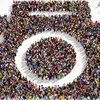Launched in 2014, PhotoSparks is a weekly feature from YourStory, with photographs that celebrate the spirit of creativity and innovation. In the earlier 505 posts, we featured an art festival, cartoon gallery. world music festival, telecom expo, millets fair, climate change expo, wildlife conference, startup festival, Diwali rangoli, and jazz festival.
Photographers who document unique natural history moments and critical conservation issues are honoured each year at the annual Nature inFocus Photography Awards. See Part I, Part II, Part III and Part IV of our photo essay series, and our coverage of the 2019, 2018 and 2017 editions.
Nature inFocus was founded by Rohit Varma and Kalyan Varma. Due to the coronavirus pandemic, the 2020 awards were celebrated at a live virtual event on YouTube. Around 14,000 images were submitted from more than 1,600 competing photographers.
With permission from Nature inFocus, PhotoSparks has reproduced some of the finalist and winner images in this article series (see description of all winners here). Award prizes are Rs 50,000 (category winner), Rs 25,000 (runner-up) and Rs 10,000 (second runner-up).
Juror insights: Divya Mudappa
“There is nature and wildlife all around us if we can look and observe. However, surely protected areas tend to have more of them, especially larger or specialised animals,” explains Divya Mudappa, Senior Scientist at the Nature Conservation Foundation, in a chat with YourStory. She was one of the jurors for Nature inFocus Awards 2020.
“Having said that, in India, it is not uncommon to see wildlife –leopards, elephants and others, close to or even within our towns and villages,” she observes. Sometimes they could even survive in large cities or just outside of them, if people changed lifestyles and attitudes and had some green spaces, she adds.
“But if you were to go beyond large mammals, one could find a lot of birds, invertebrates, plants and many things that are fascinating parts of nature everywhere,” Divya says. Her research in the Anamalai Hills involves monitoring rainforest dynamics in long-term plots and tree phenology.
The COVID-19 pandemic has shone a harsh light on human abuse of the environment. “I was hoping that it would help more of us realise the extent to which we have pushed nature and how it could harm us,” Divya explains.
“However, I am afraid that we will continue to exploit nature and assume that technological advances and solutions will be able to help humans survive. Our lives will be way poorer if we have to live without the forests and other wild habitats and the wildlife around us,” she laments.
Divya calls for more mindful ways of living, reduced resource use, and green urban spaces with diverse species of plants. A number of factors are contributing to declines in birdlife, including habitat loss, pollution and indiscriminate use of pesticides and herbicides. “But some of the species that are showing increases are species adapted to urban changes like the spotted dove,” she adds.
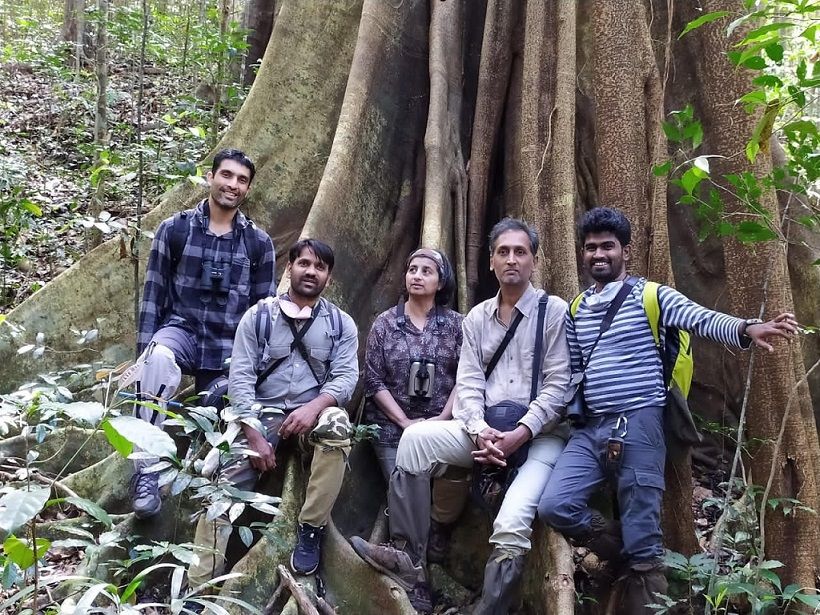
Divya Mudappa (centre) and team
“Photography and photo stories on social media based on natural history knowledge and science may assist in building awareness about the importance of insect life,” Divya emphasises. Insects are the life-line of our existence as pollinators – they are also great subjects for photographers and a fascinating group for researchers.
“Very often, insects are only viewed as ‘pests’ since we do not know enough about them. Some of them may actually become pests when the balance of prey-predators are messed up due to our activities,” Divya laments. One has to look at nature as a whole and with humans as an interconnected part.
She says she particularly appreciates photographers who are respectful of local wildlife and local communities, sensitive to conservation issues, have a good knowledge of natural history, and are mindful about the impact on and safety of their subjects. “There are also those who help in bringing to the forefront species that are often not paid any attention,” Divya adds.
“Everyone can help conserve nature. They could start in their own homes and backyards,” Divya urges. People should create spaces and tolerance for all creatures. Some can work with NGOs or various government departments to enable less-destructive practices in whatever they do.
“Photographers should photograph and document everything they come across, and not just tigers and elephants. It would be great if, along with their own enjoyment of photographing nature, they would also observe and learn about them and contribute to our knowledge as citizen scientists,” Divya advises the photographer community.
Photographer insights: Soumabrata Moulick
One of the award-winning photographers at Nature inFocus 2020 is Soumabrata Moulick, for his fish-eye view of a rhinoceros at Manas National Park in Assam. “That image has an interesting backstory,” he recalls, in a chat with YourStory.
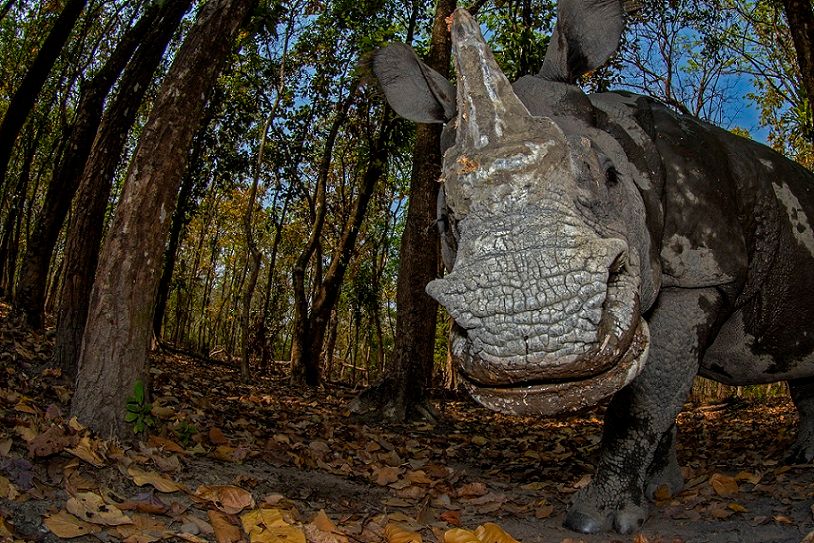
Photographer: Soumabrata Moulick
“One day, very early in the morning, we got news that a rhino had strayed out of the park into the adjoining village. We found the rhino resting in a waterhole right opposite my friend’s resort,” Soumabrata explains. As it moved towards a guard post, he went ahead and chose a spot to photograph it.
“What happened after was something which I had never imagined. The rhino stood there with his head down towards the ground, intermittently looking-up for close to an hour, just a couple of feet away,” Soumabrata says.
“It was probably a once in a lifetime opportunity when a wild rhino allowed me to be in such close proximity. The images made could only capture a part of the experience and still invoke enough interest in audience,” he proudly says.
“The lesson learnt for me from this encounter was no matter how much we know about the natural world, there will still be more mysteries to unravel,” Soumabrata says. The “ill-tempered beast” behaved mellower than a domestic cow on the occasion, he jokes.
His other memorable experiences are photographing a red-necked keelback, a desert fox feeding in winter, people walking over a bridge while a tiger sleeps underneath it, and a hedgehog with the Milky Way aligned vertically above.
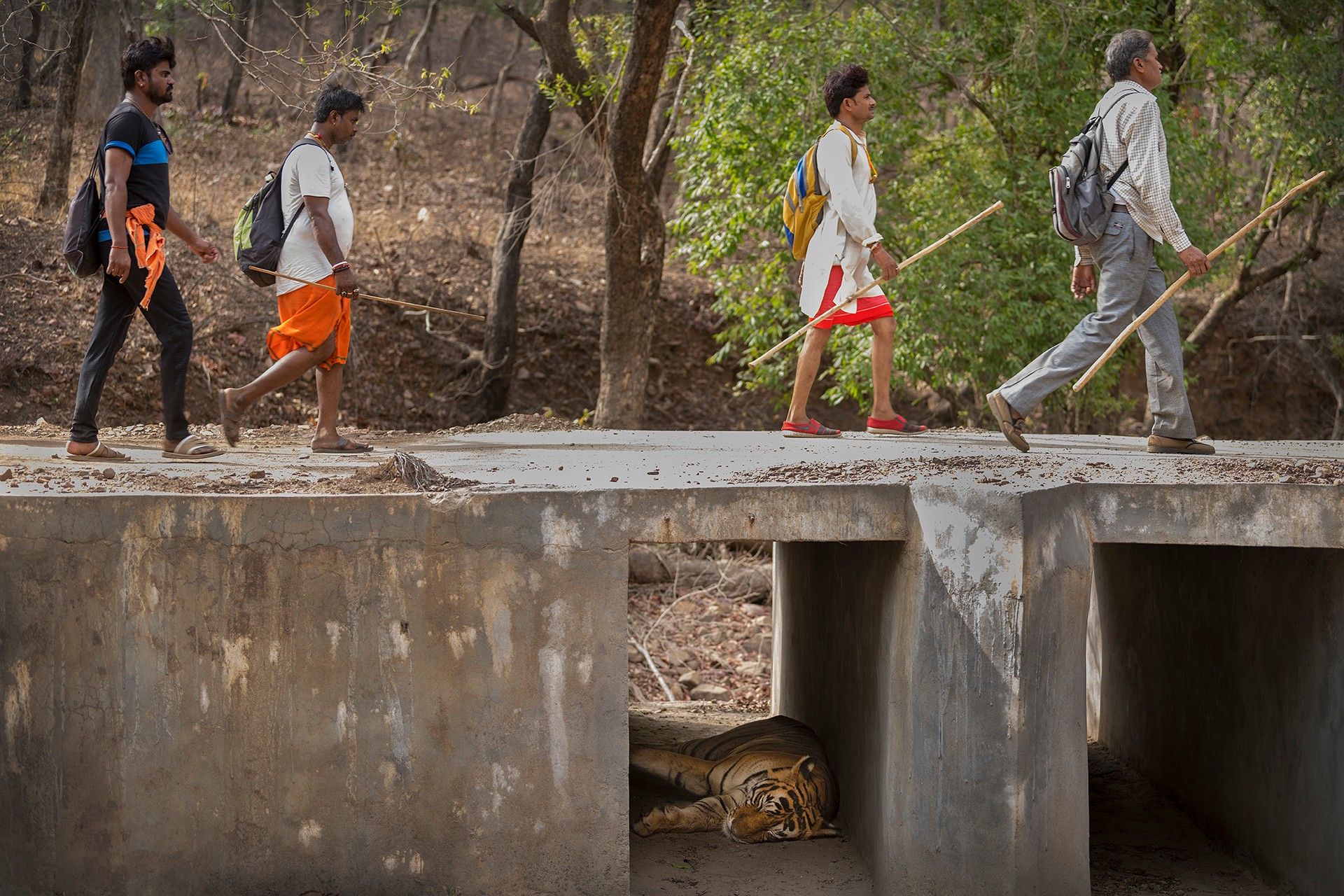
Photographer: Soumabrata Moulick
During the COVID-19 lockdown period, he worked on trap camera setups and project plans in the northeast. “Next year, I plan to go ‘off-grid’ beyond pretty images to foray more into the ugly side of things in India with respect to wildlife. I want to invoke a sense of empathy towards the wild amongst the audience,” Soumabrata explains.
The pandemic definitely got people talking about nature. “We will have to wait and see if this pandemic has really instilled in people the fact that that nature cannot be ignored, or if it will phase out as life starts to get back to normal,” he observes.
He says he was excited to see some citizen movements take shape during this period. It seemed that for the first time, people in such numbers were willing to lend their voices for nature, especially the youth.
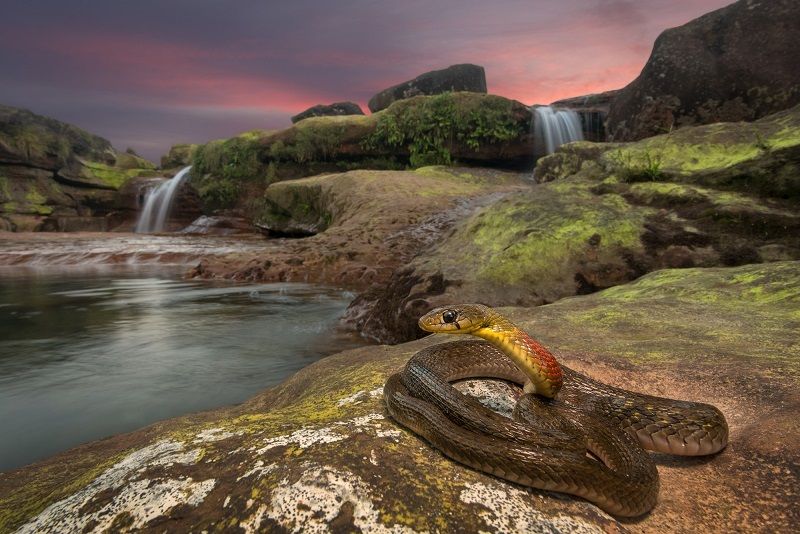
Photographer: Soumabrata Moulick
"I hope this becomes the beginning of an era where we grow along with the planet and not on it,” Soumabrata evocatively explains.
Everyone can contribute to the conservation cause in their own way. “For example, if you are an engineer, try and make your machines more eco-friendly. If you are a doctor try and convince your patients to adopt a more nature-friendly lifestyle,” Soumabrata urges.
“If nothing else works for you, travel to a forest at least a few times a year, this will contribute to the local economies. Don’t forget to teach your kids about nature from an early age. This world belongs to them, and being the primary stakeholders, they must be aware of the current situation,” he advises.
Joining forces between nature groups and movements is the need of the hour. As inspiring influencers in photography, he cites Frans Lanting and Michael Nichols, though he learns “from everybody.”
“Hailing from a defence forces background, I had a rather fortunate childhood, growing up in areas which are well preserved in terms of natural heritage and wildlife. Proximity to the wild sparked an interest and made me an ardent admirer of nature from an early age,” Soumabrata recalls.

Photographer: Soumabrata Moulick
“Exploring photography as a means of artistic expression was not a conscious choice but happened over time. I grew more adept with the tools available to me and eventually started expressing my ideas through images,” he adds.
“A camera can be effective in training one's eye to see beauty in the most mundane of situations. I can very well say that photography is not just a hobby or profession, it’s a lifestyle that one adopts with passing time. Maturing as a photographer has made me more aware and appreciative of my surroundings,” Soumabrata affirms.
He also offers tips to aspiring nature photographers. “Don’t run after money but the quality of life you want to have for yourself. For me, the goal was to spend time in the wild and I’m quite happy being able to do it,” he says.
“Success for me as a photographer is being able to develop my unique style of looking at things and capturing them to share with the public. It definitely feels great when an image is able to move people – there is no greater joy or sense of achievement,” Soumabrata proudly says.
He suggests that aspiring photographers bring novelty and their own niche to the table. “Don’t bother yourself with the so-called ‘rules in photography’, it’s an art form and rules can be broken provided your images still convey the intended message,” Soumabrata explains. If photo-shopping techniques are used, they should be clearly declared.
“As nature or wildlife photographers, our primary goal is to contribute towards preserving the fast-vanishing natural heritage of the world. Try to work long-term on subjects that you feel need attention,” he advises.
“A tiger is charismatic for sure, but an earthworm or frog is equally important,” Soumabrata signs off.
Now, what have you done today to pause in your busy schedule and find new ways of strengthening your connection to wildlife conservation?
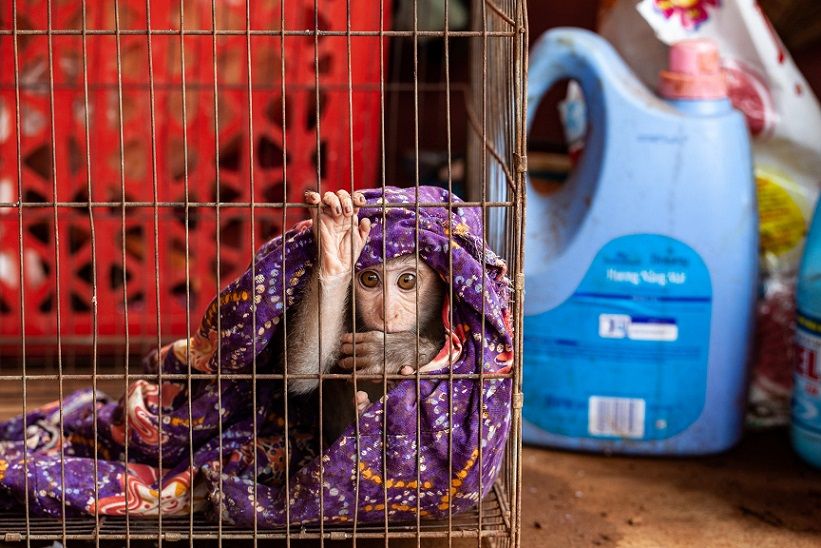
Photographer: Adam Roberts
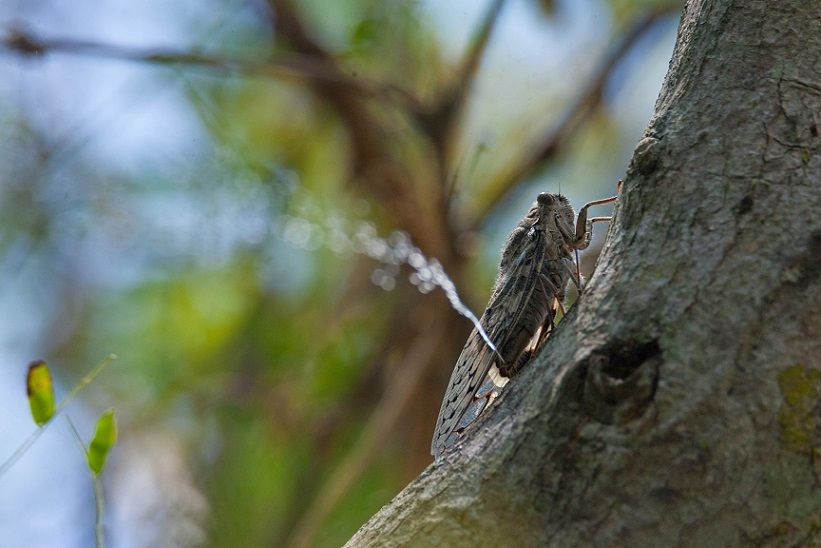
Photographer: Lenu Kannan
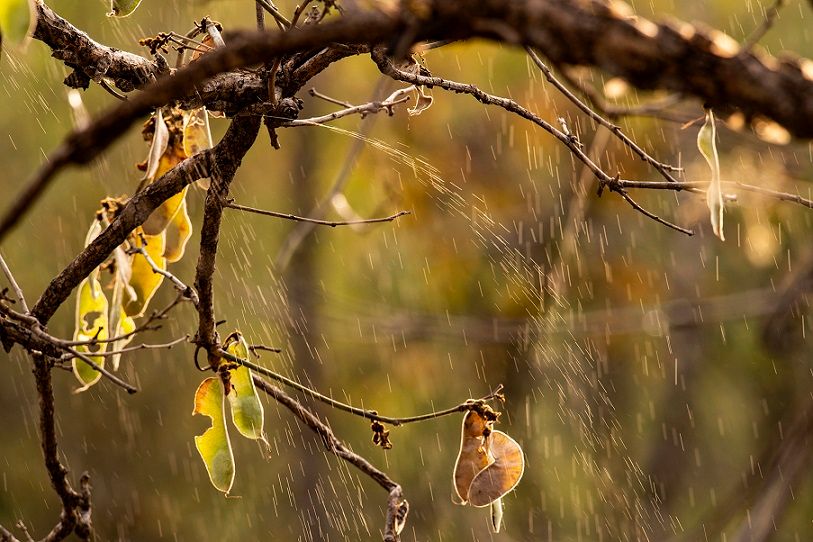
Photographer: Matrishva Vyas
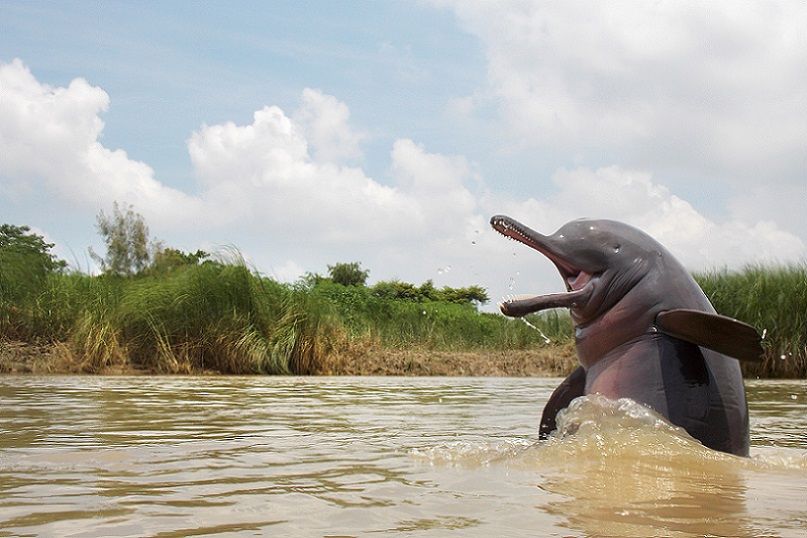
Photographer: Ganesh Chowdhury
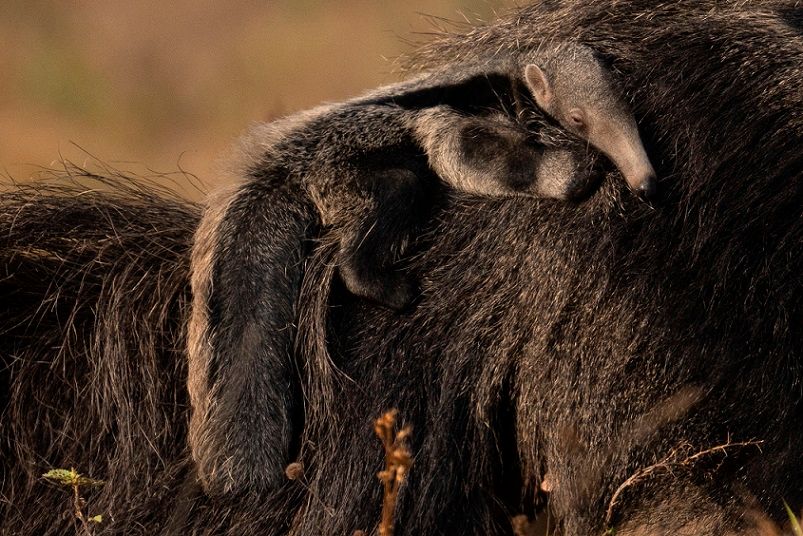
Photographer: Puskar Basu
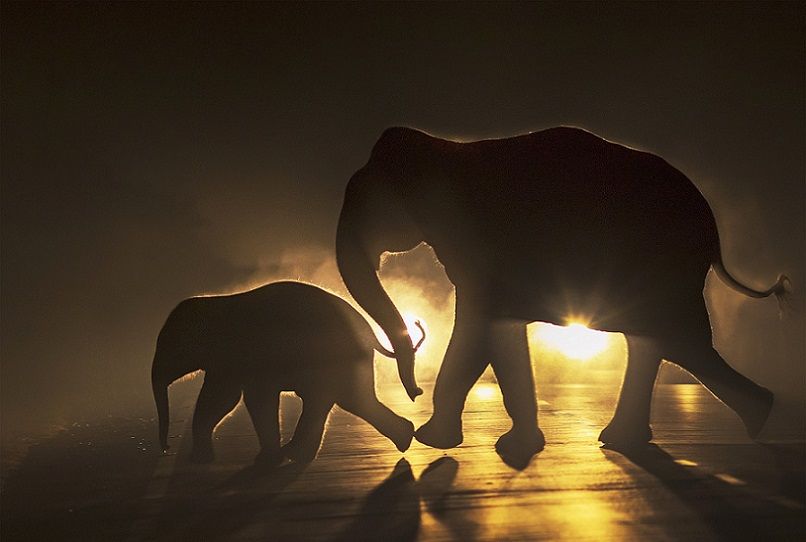
Photographer: Avijan Saha
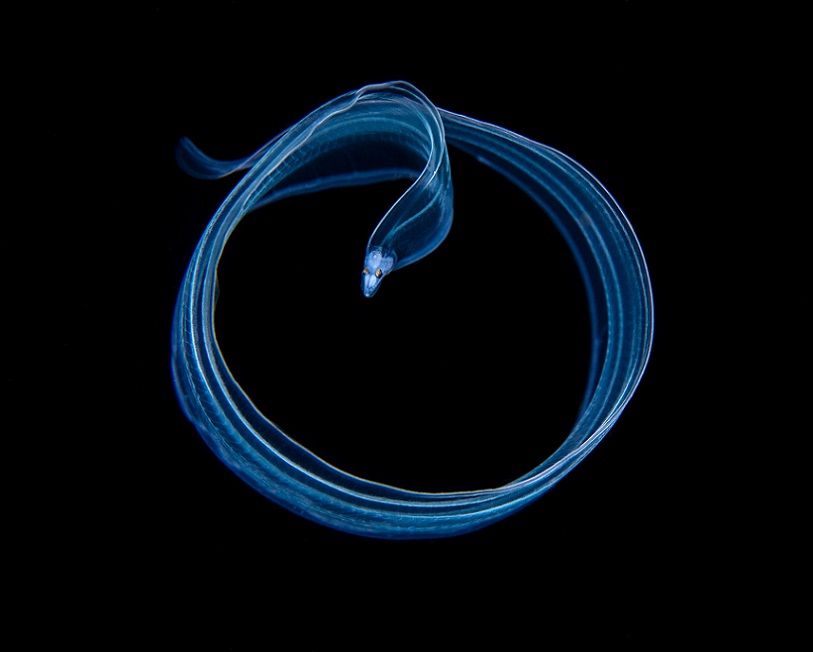
Photographer: Magnus Lundgren
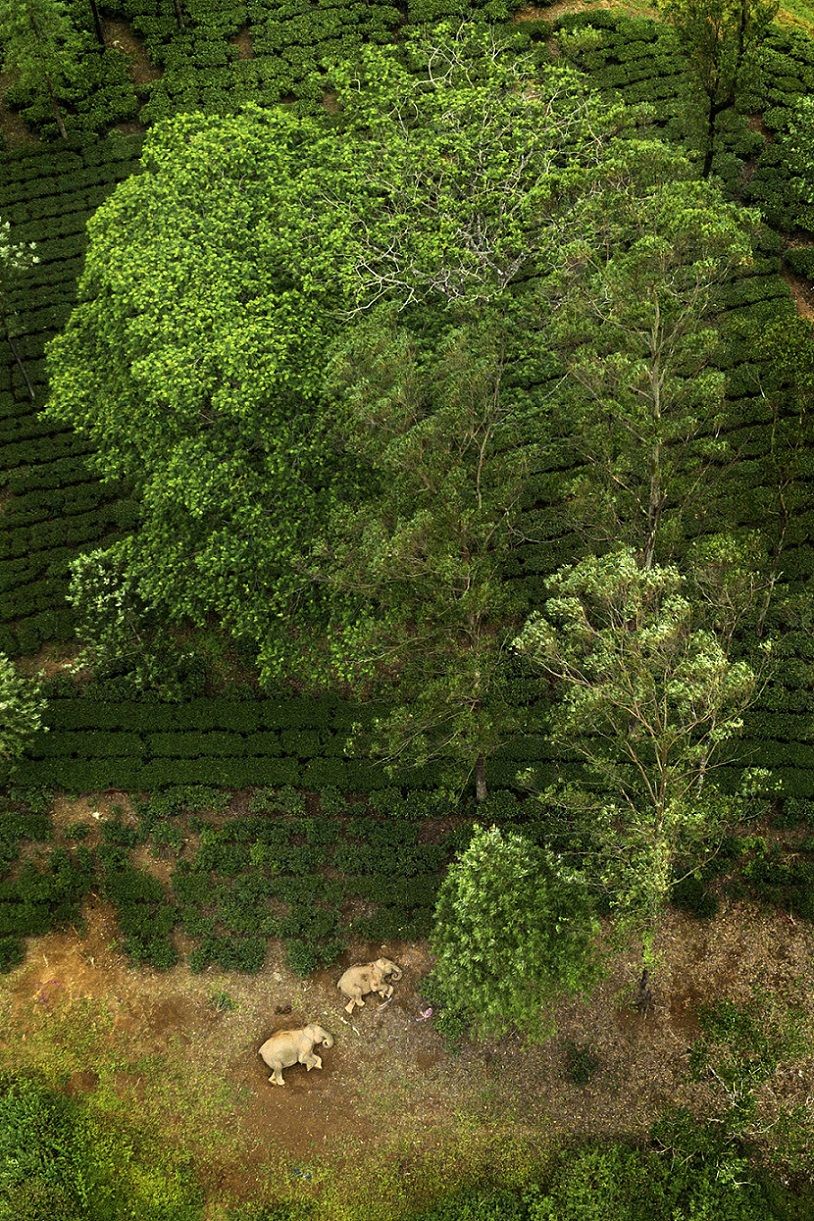
Photographer: Ganesh Raghunathan
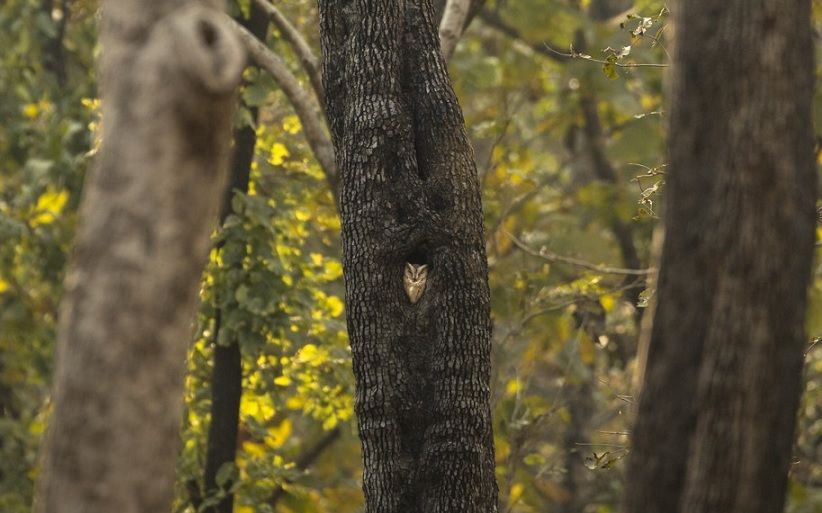
Photographer: Rohin Bakshi
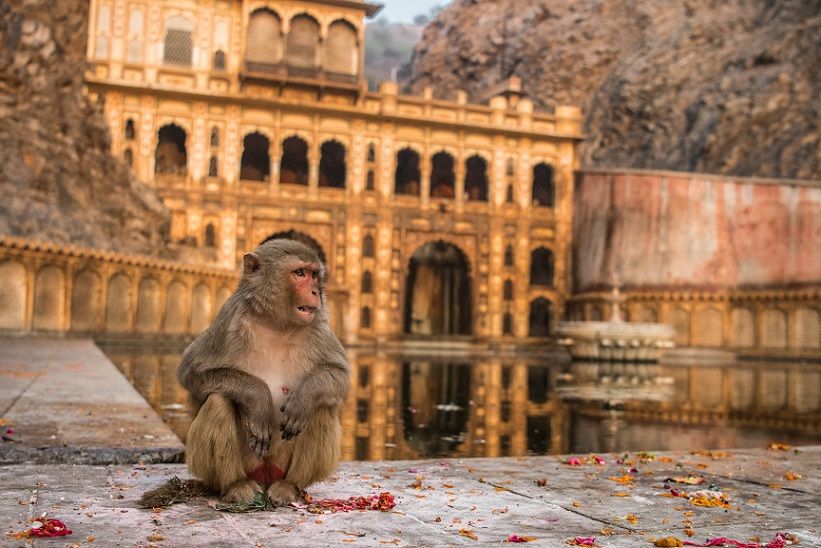
Photographer: Abhikram Shekhawat
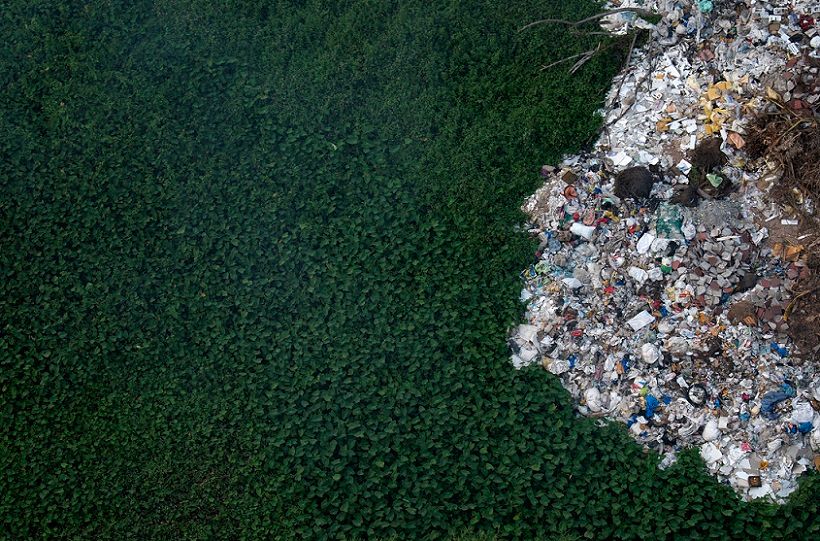
Photographer: Adityakrishna S Menon
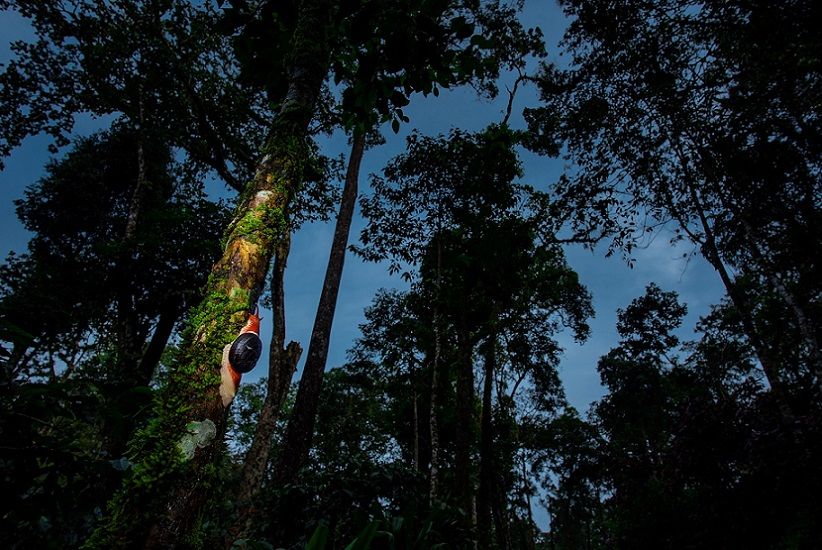
Photographer: Mandar Ghumare
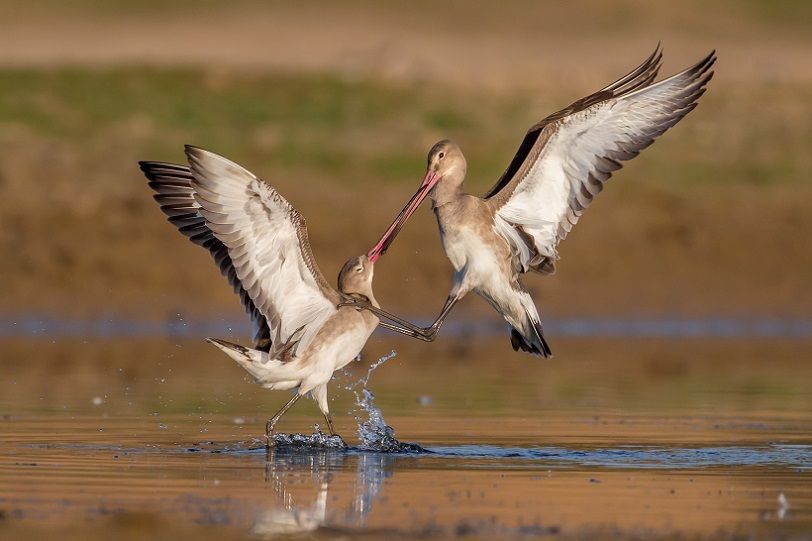
Photographer: Rakesh Damor
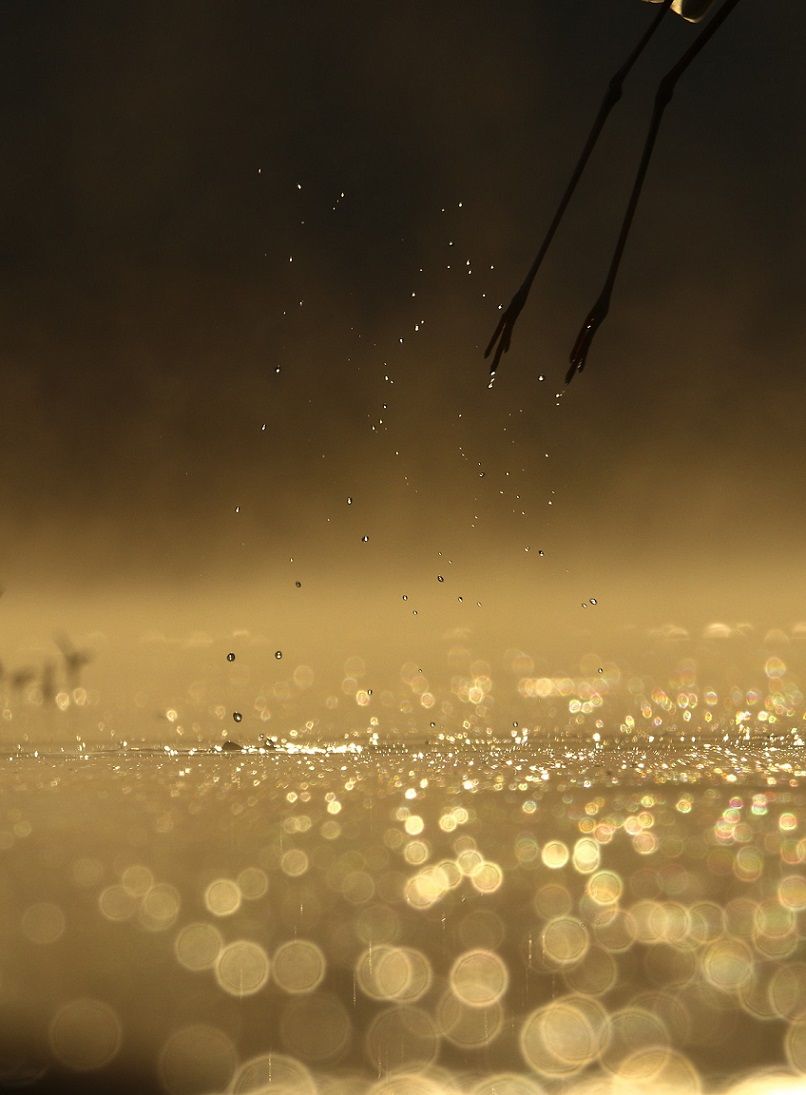
Photographer: Nirav Mehta
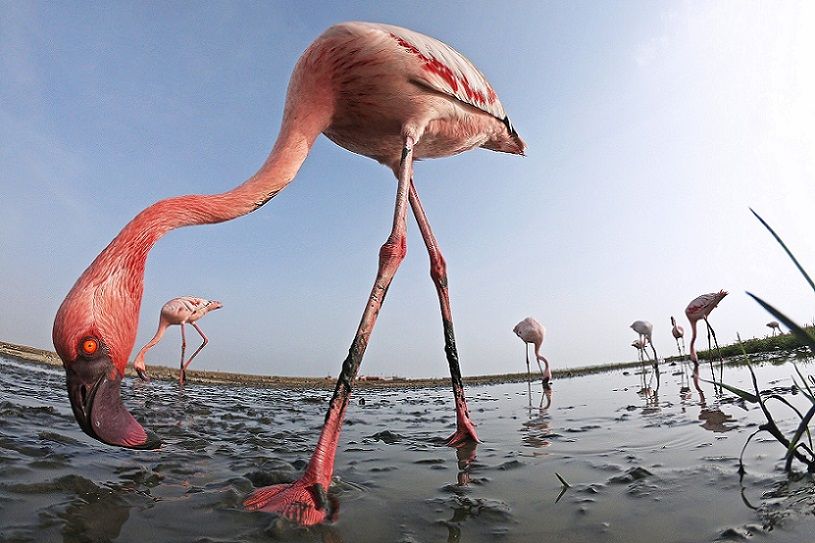
Photographer: Yashodhan Bhatia
See also the YourStory pocketbook ‘Proverbs and Quotes for Entrepreneurs: A World of Inspiration for Startups,’ accessible as apps for Apple and Android devices.
Link : https://yourstory.com/2020/12/nature-infocus-wildlife-photography
Author :- Madanmohan Rao ( )
December 26, 2020 at 07:30AM
YourStory


